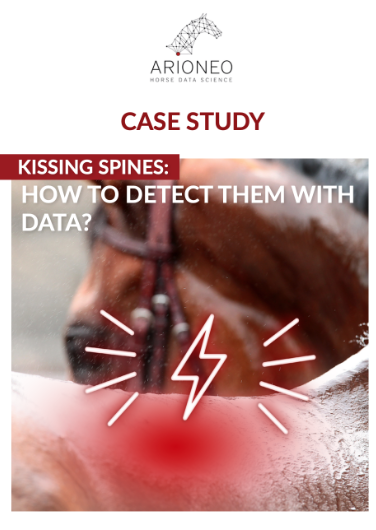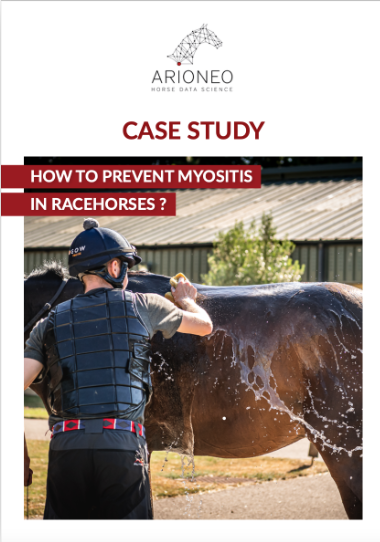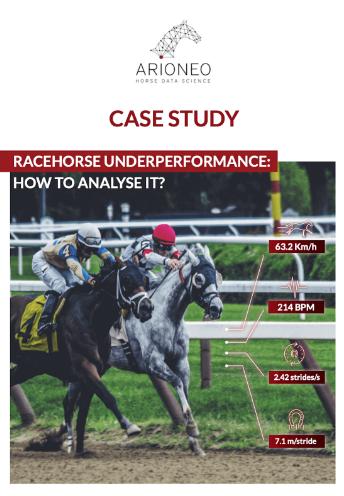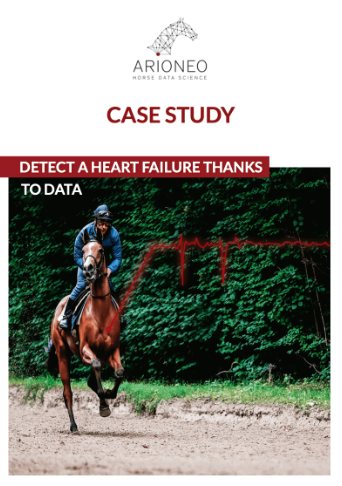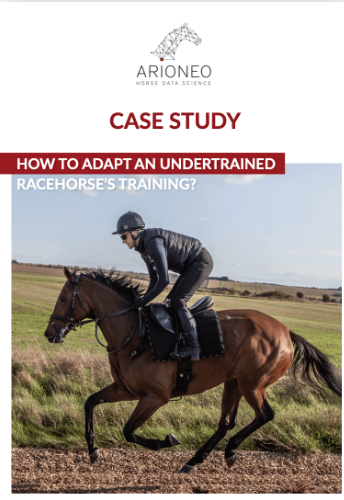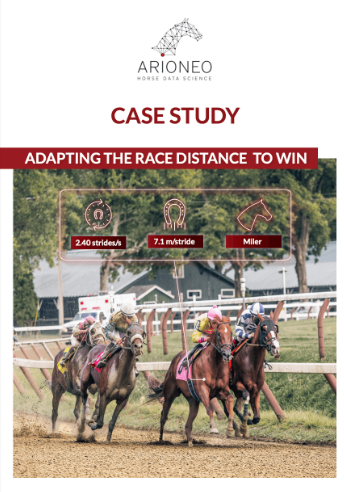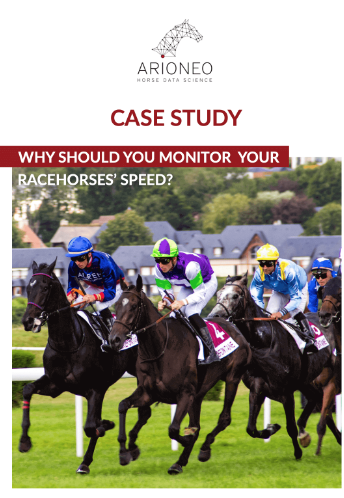OUR CASE STUDIES
KISSING SPINES: HOW TO DETECT THEM WITH DATA?
Kissing spines are a frequent source of back pain in horses. Find out how to detect them using data.
HOW TO PREVENT MYOSITIS IN RACEHORSES?
Blood stroke is linked to a disturbance in the balance of the muscle cell, leading to inflammation of the horse’s muscles. But how can data be used to prevent the risk of blood clots in horses?
RACEHORSE UNDERPERFORMANCE: HOW TO ANALYSE IT?
Underperformance can be difficult to investigate. Discover a case study on investigating underperformance in a racehorse.
DETECT A HEART FAILURE THANKS TO DATA
Find out in this case study how to analyse an elevated maximum heart rate, a phenomenon often seen in yearlings because of their young age.
HOW TO ADAPT AN UNDERTRAINED RACEHORSE’S TRAINING?
Under-training is characterised as a lack of training of the athletic horse. But how can you tell if a horse is under-trained? And how can training be adapted?
ADAPTING THE RACE DISTANCE TO WIN
A number of studies have highlighted the benefits of modelling a horse’s race distance on the basis of its locomotion data. Find out how to adapt the distance to win, thanks to the data!

